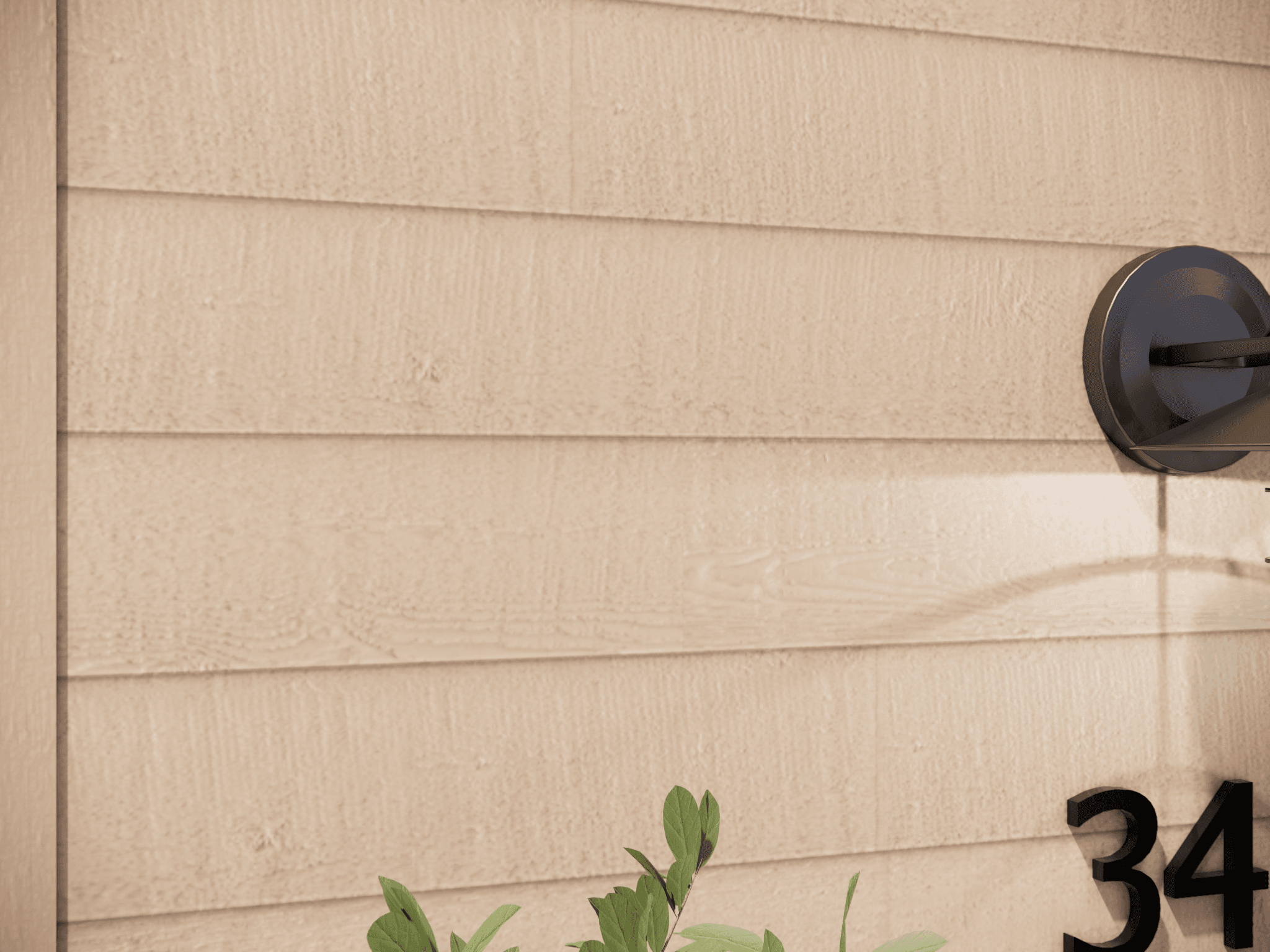Explore Realism With The New Diffuse Texture Map with Shadows—No Render Needed
Learn how to create realistic shadows with the new diffuse texture map in 3D modeling software such as Sketchup.

The importance of shadows in architectural 3D renderings
Shadows are essential for adding depth and realism to architectural 3D renderings. They add relief and facilitate the perception of object textures and dimensions. Nevertheless, for reasons of efficiency, pre-renders in modeling software allow you to experiment quickly with different materials without having to generate a realistic image using a rendering engine.
However, generating realistic shadows can be a challenge in modeling software. For example, while SketchUp focuses on user-friendly modeling, advanced shadow rendering can only be achieved through complementary tools for complex depth maps. Rendering software with advanced realism features such as V-Ray, Corona, or 3ds Max do offer support for these maps.
Here's an example of a depth map (or displacement map):

Diffuse map with shadows
To overcome these limitations, the diffuse map with shadows represents an interesting solution. This technique involves integrating shadows directly into the diffuse texture of a material. In other words, shadows are "painted" onto the texture itself, enabling them to be presented consistently, regardless of lighting variations in the 3D scene. Lightbeans offers this map for textures with a strong 3D effect and depth, such as bricks, exterior cladding, etc.
Advantages
The main advantage of this method is that it avoids the dynamic calculation of shadows at render time, which can be very resource-hungry for the computer. Pre-integrated shadows ensure uniformity and consistency that are unaffected by changes in lighting, making the rendering process faster and less susceptible to common errors associated with light calculations.
Application example
A concrete example of the use of diffuse map with shadows can be seen in the profile of a manufacturer-specific exterior cladding. In the case below, details and shadows are much more apparent in the second image. This visually enriches the final rendering, offering a more detailed and realistic image even without complex real-time shadow calculations.
Product used: MAIBEC - Maibec CanExel CED'R-VUE-9''- SAND


Images in Sketchup (no rendering engine)

Images rendered in Enscape

Limitations
It's important to recognize that the diffuse map with shadows has certain limitations. The shadows are painted assuming the light source is coming from above the surface. As a result, you can't rotate the map or use a light source from below without causing the shadows to appear inconsistent.
In summary
The use of a diffuse map with shadows provides a better solution to overcome the limitations of modeling software, enabling easier creation of realistic renderings with fewer technical constraints. By integrating shadows directly into textures, designers can not only improve the visual quality of their projects, but also optimize the 3D modeling process. The simplicity and effectiveness of this technique make it well worth exploring for anyone looking to push the boundaries of 3D architectural visualization.
Try out this new map now on 3D textures with a strong 3D effect and depth, such as bricks and exterior cladding.
Check Out Our Library
Lightbeans offers an impressive array of textures that will give you a hand in your design and architecture projects.
View the Library









